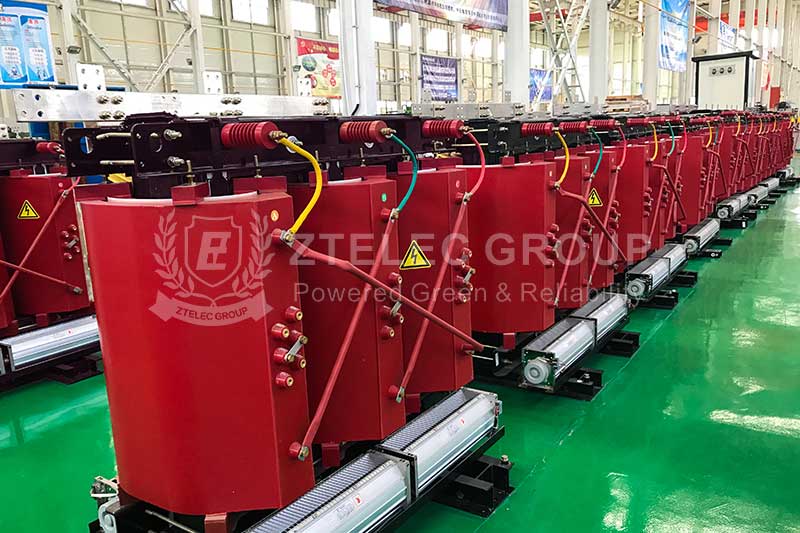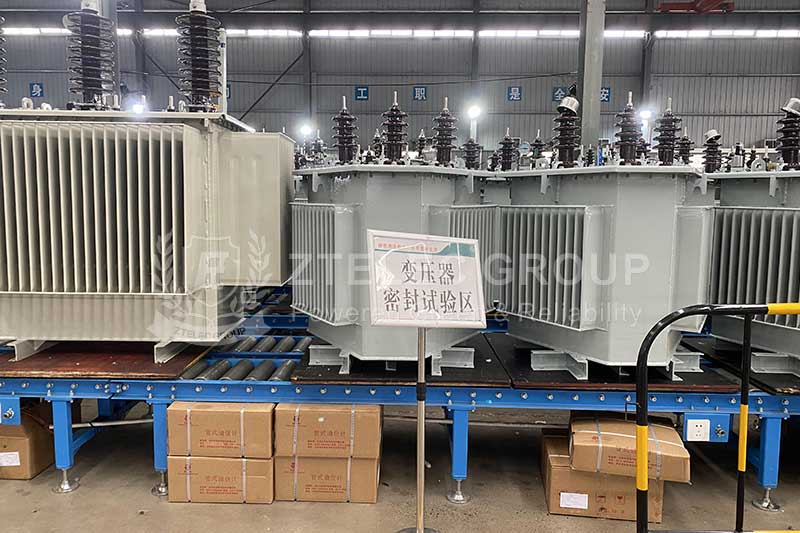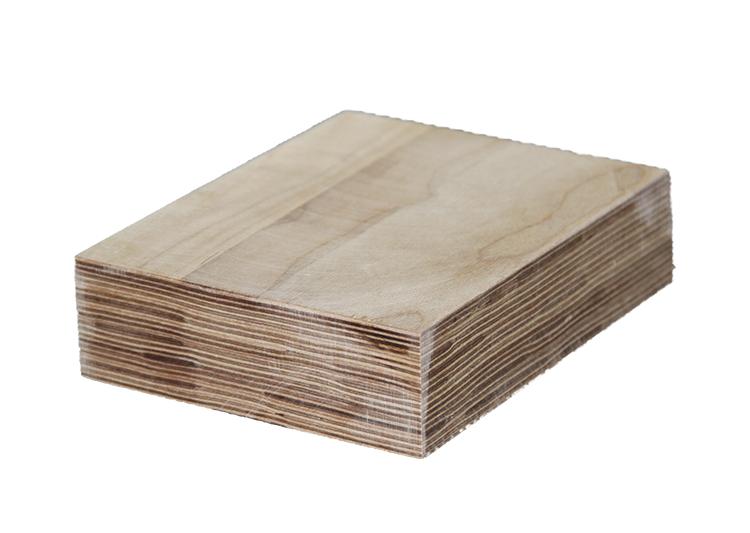hy Are 35kV Transformers More Compact Than 10kV Ones? Exploring the Key Differences
In the world of power transmission, transformers are essential for voltage regulation and safe electricity distribution. While it may seem counterintuitive, many modern 35kV transformers are designed to be more compact than their 10kV counterparts. This phenomenon is particularly evident in high-efficiency power systems for urban and industrial applications. But why is that the case? Let’s explore the key structural, technological, and material differences behind this size variation.

1. Differences in Design Philosophy
At first glance, one might assume that a transformer rated for 35kV should be significantly larger than a 10kV unit. However, with advancements in design philosophy and compact structure optimization, this is no longer true. Newer 35kV transformers often adopt modular, layered designs that reduce the footprint while maintaining high insulation and cooling efficiency.
On the other hand, older 10kV transformers were usually designed with a conservative margin, leading to bulkier structures. Modern 35kV units benefit from simulation-optimized windings, tighter electromagnetic coupling, and improved core stacking, all of which contribute to size reduction.
2. Use of Advanced Insulating Materials
One of the main reasons for compact 35kV transformer design is the use of next-generation insulating materials. Epoxy resin, Nomex paper, and high-temperature class F or H insulation allow manufacturers to reduce insulation clearance without compromising performance. In contrast, traditional 10kV transformers often use less advanced insulation, requiring larger gaps and more layers, thereby increasing their size.
3. Improved Core Structure and Materials
The core of a transformer plays a critical role in both efficiency and size. Modern 35kV transformers typically employ low-loss silicon steel or amorphous alloy cores that offer higher magnetic permeability and lower energy losses. These advanced materials allow the core to be more compact without generating excessive heat or noise.
Conversely, many 10kV transformers still use older core materials or E-type laminations with larger flux leakage areas, resulting in bulkier units and lower power density.
4. Cooling System Optimization
Effective cooling systems enable the miniaturization of high-voltage transformers. 35kV units often integrate forced air cooling (AF) or even closed-loop oil-air systems that enable better heat dissipation in smaller enclosures. This minimizes the need for external cooling devices and allows the transformer to remain compact even under high load.
10kV transformers with natural air cooling (AN) require more surface area and spacing to dissipate heat, which increases the overall size.

Oil immersed type distribution transformer
5. Differences in Application Environment
35kV transformers are typically used in urban substations, tunnel projects, data centers, and smart grid installations where space is at a premium. Manufacturers specifically design them for compact integration into high-density electrical cabinets or containerized substations.
In contrast, 10kV transformers are often used in traditional rural or industrial settings with fewer space constraints, so size reduction has not always been a priority.
6. Modern Manufacturing Techniques
High-precision automated winding, vacuum resin casting, and 3D finite element simulation have all improved transformer compactness. 35kV units benefit more from these techniques due to higher market demand for space-efficient power solutions.
Many 10kV transformers on the market are still based on older manufacturing lines and manual processes, which leads to larger tolerance zones and less compact products.
7. Cost vs. Performance Balance
Higher voltage transformers often justify the use of better materials and technologies due to their critical role in grid performance. While these improvements raise the unit cost, the trade-off in size, safety, and efficiency makes it worthwhile. This is why compact 35kV transformers are often more advanced than similarly rated 10kV models.
The surprising fact that 35kV transformers can be more compact than 10kV ones is a result of various technical and application-based factors. From advanced insulation and core materials to smarter designs and modern manufacturing, today’s high-voltage transformers are optimized for both performance and spatial efficiency.
As the global demand for smart, compact energy systems continues to grow, transformer technology is rapidly evolving to meet space and performance needs. For power engineers and facility planners, understanding these design differences is essential for choosing the right transformer for each project.
- more+releated article
- 2025-10-21Application of K Factor Transformer
- 2025-10-21Detailed explanation about transformer model w
- 2025-10-2010kV Oil-Immersed Transformer Safety: Lightnin
- 2025-10-20What are The Advantages of Phenolic Cotton Clo
- 2025-10-17Are Three-Phase Isolation Dry-Type Transformer
- 2025-10-17G10 Epoxy Sheet: Choosing the Right Specificat
- 2025-10-1610kV Oil-Immersed Transformer Operation Inspec
- 2025-10-163240-B Epoxy Phenolic Glass Fiber Cloth Lamina
- 2025-10-15G10 Epoxy Sheet: The Preferred Insulation Mate
- 2025-10-15Analysis of Energy-Saving and Noise Control Te





